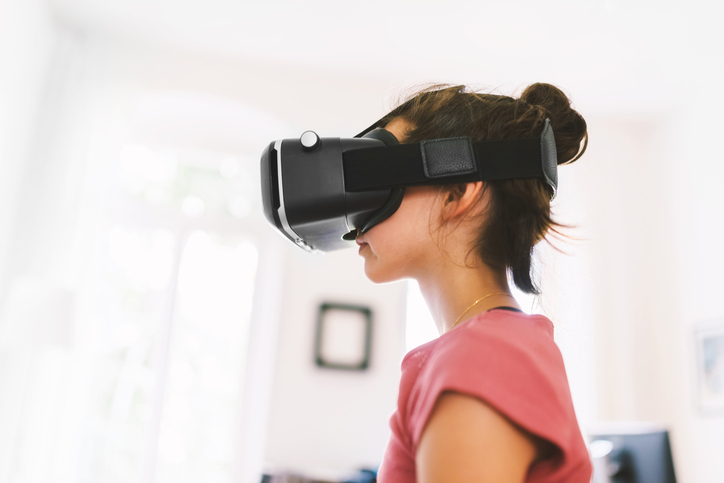In Louisville, Ky., the horses run fast, bourbon’s sipped slow, and the scientists, well, they dream big. Stuart Williams, the executive and scientific director at the Cardiovascular Innovation Institute, aims to be able to 3-D print a human, “bioficial,” functional heart in 10 years. It will be grown from the patient’s “own fat stem cells,” according to LiveScience.
More from that article:

With the Rise of AI, What IP Disputes in Healthcare Are Likely to Emerge?
Munck Wilson Mandala Partner Greg Howison shared his perspective on some of the legal ramifications around AI, IP, connected devices and the data they generate, in response to emailed questions.
His lab has already begun developing the next generation of custom-built 3D printers aimed at printing out a complete heart with all its parts — heart muscle, blood vessels, heart valves and electrical tissue. . . .
“I took a step back and looked at my colleagues, and said, ‘Why don’t we build it like a large airplane?'” Williams told LiveScience. “Separate the organ into separate components, figure out the best way to make the components, and then put them together.”
In Kentucky, three in 10 deaths are from cardiovascular disease, according to the Courier-Journal.
Because of the minute scale of some necessary blood vessels, “. . . 3-D printing may only get researchers partway toward the goal of creating a complete heart. Instead, researchers will have to rely upon the natural self-organizing tendency of cells to knit together blood vessels and eventually connect everything within a 3D-printed organ — a process that could take place within 24 hours,” according to LiveScience.
Wow.
For more on this project, read the LiveScience article here.
For more on the Cardiovascular Innovation Institute and 3-D printing in Kentucky, read the Courier-Journal article here.
Follow MedCity News on Facebook and Twitter for more updates.














